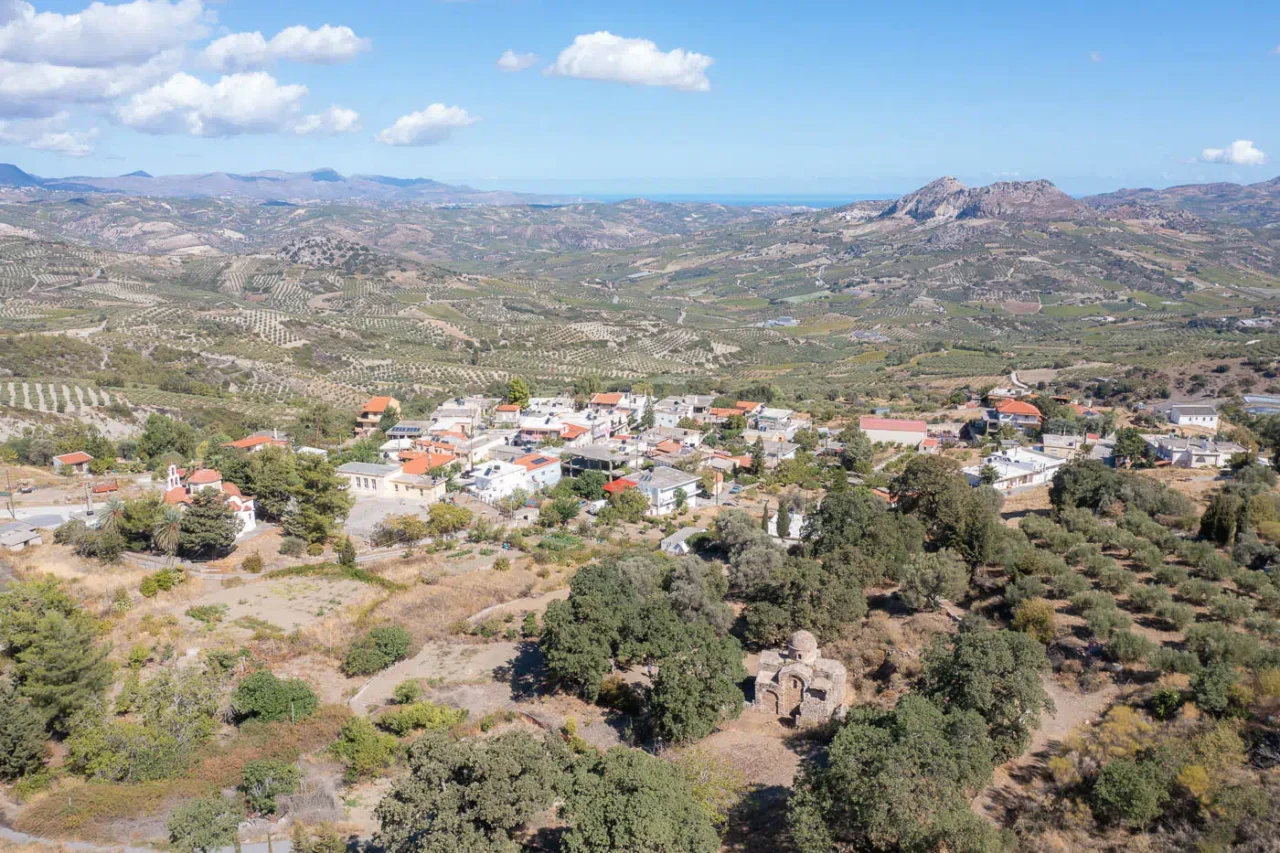
Roukani, a village in the Heraklion regional unit of Crete, is situated at an elevation of 410 meters on the foothills of the Parathiri peak. It lies within the Municipality of Heraklion and is part of the Kyparissi community. With a population of 136 according to the 2011 census, Roukani is a small, quiet village where agriculture and livestock farming are the primary occupations.
Historical Background
The village has a history dating back to at least the 11th century, evidenced by the Byzantine church of Saint John located within the village. This church, likely the central structure of a monastery dedicated to Saint John the Theologian, is a significant historical landmark. Archaeological excavations near the church have also uncovered remnants of a Roman cistern, suggesting even earlier habitation in the area.
The first written mention of Roukani appears in a 1212 document, confirming the Venetian Doge’s recognition of land grants to the Monastery of the Virgin Mary of Sinai, including the monastery of Saint John the Theologian at Roukani. The document indicates that the entire village, along with its inhabitants, mills, and the surrounding mountain, belonged to the Sinai Monastery.
The origin of the village’s name remains uncertain. It might be derived from the name of its first settler, Roukanis, as an Andreas Roukanis is mentioned as an archimandrite in a seal of the monastery from the late medieval period. Another possibility is that the name has Arabic roots, suggesting the village was founded during the Arab occupation of Crete.
Roukani appears in various historical records throughout the centuries. It’s listed in a 1375 document from the Ducal Archive of Chandax (Heraklion) as Rucani and was one of the villages purchased by Cardinal Bessarion in 1463. The 1583 census by Kastrofylakas records it as Rucani with 76 inhabitants. It’s also mentioned by Francesco Barozzi and in the 1671 Turkish census. However, it’s absent from the 1834 Egyptian census. The 1881 census recorded 83 Turkish inhabitants in the village.
Points of Interest
- The Byzantine Church of Saint John: This 11th-12th century church is a cruciform inscribed church, typical of the Greek style built during that period. It likely served as the main church of a monastery dedicated to Saint John the Theologian. Today, it’s dedicated to Saint John the Baptist and celebrated on August 29th.
- Kria Vrysi and Vrysi Gourounakia: These two springs, located at the village’s exit, are important local landmarks.
Village Key Points
- Historical References: First mentioned in a 1212 document, appears in various historical records
- Location: Heraklion regional unit, Crete, Greece, at the foothills of Parathiri peak
- Historical Significance: Byzantine church, possible Roman settlement, connection to the Sinai Monastery
- Population data over the years: Fluctuating population, peaking at 214 in 1991, currently 136 (2011 census)
- Current Status: Small agricultural community with a focus on olive oil, raisins, and livestock products













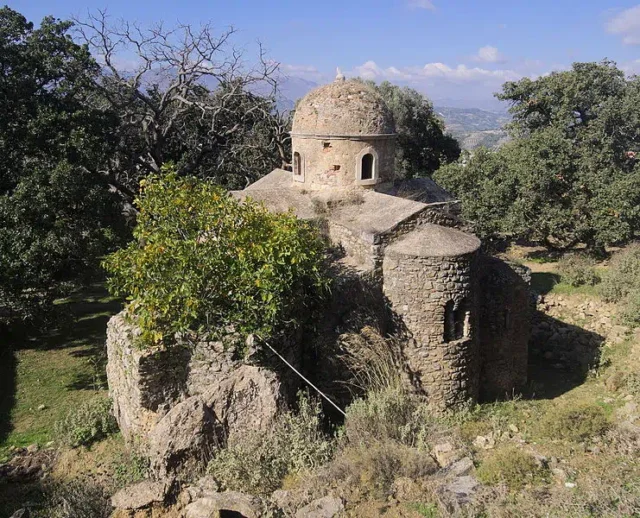

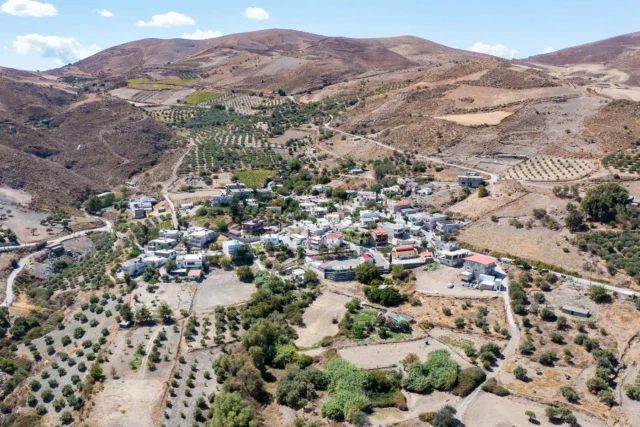

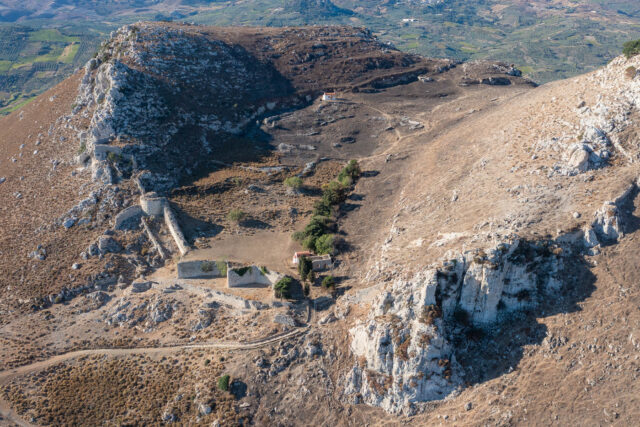

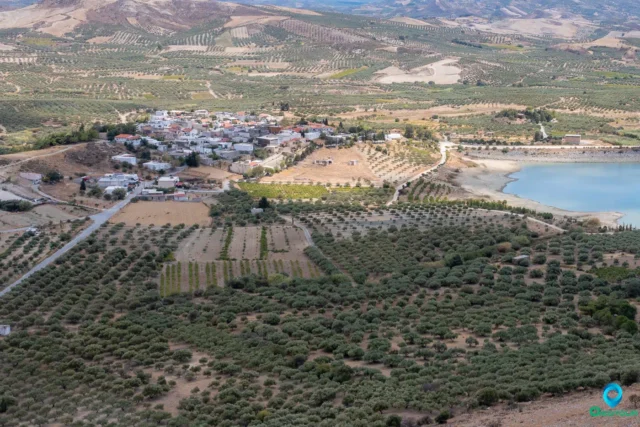
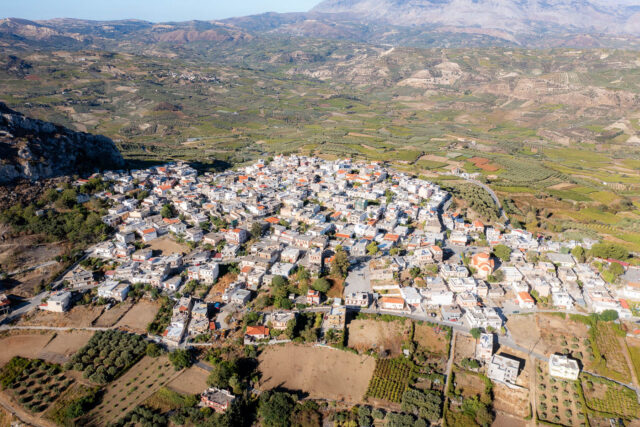
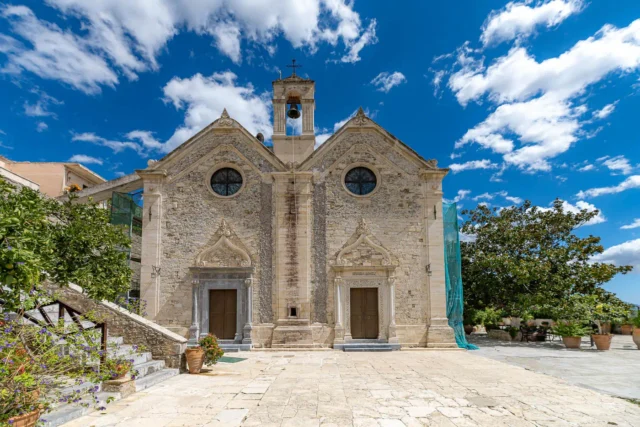

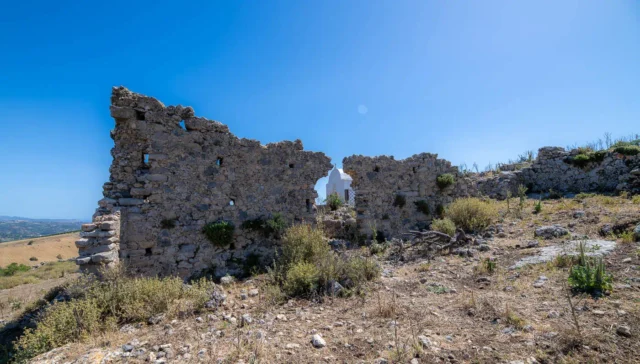
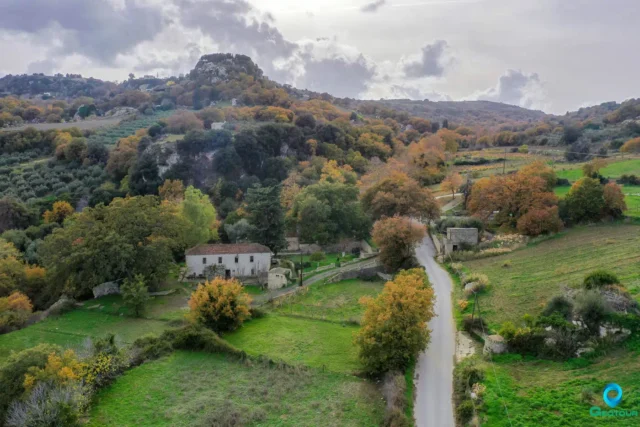




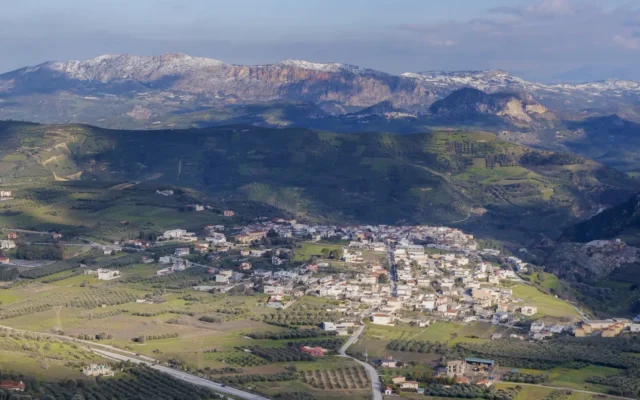
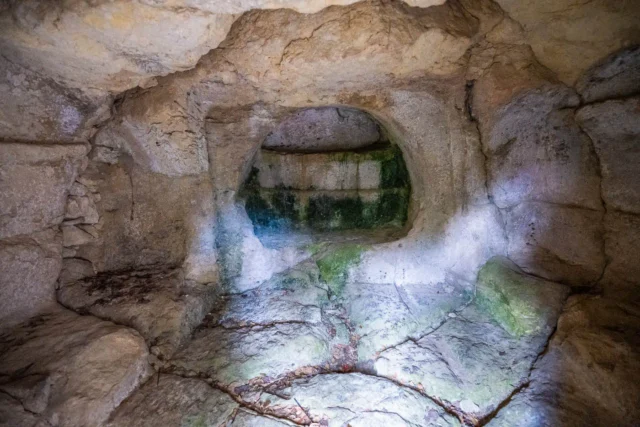
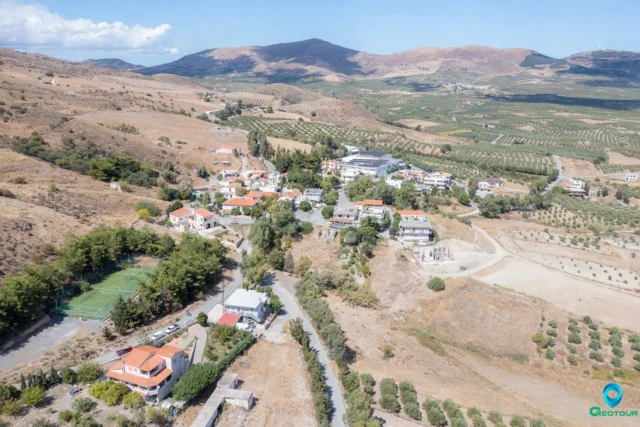


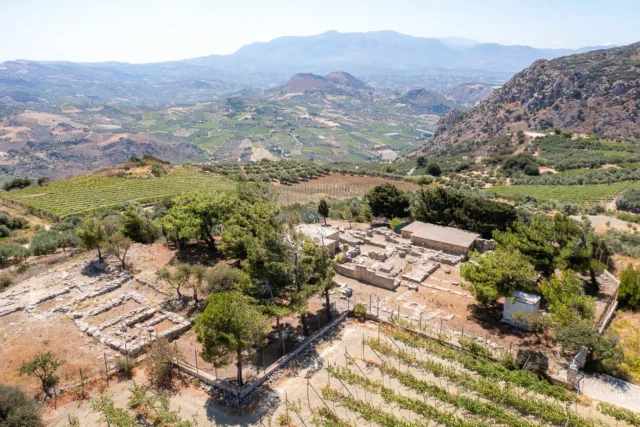
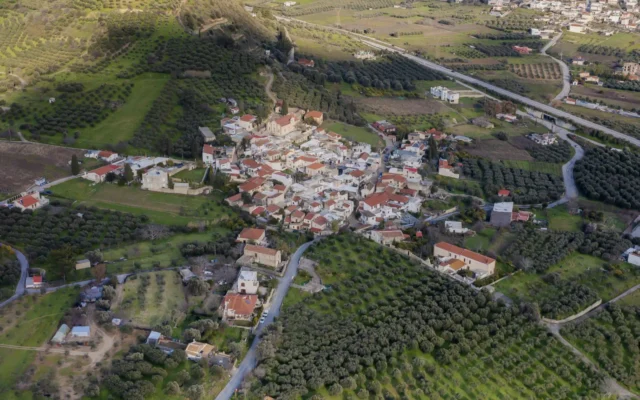

There are no comments yet.